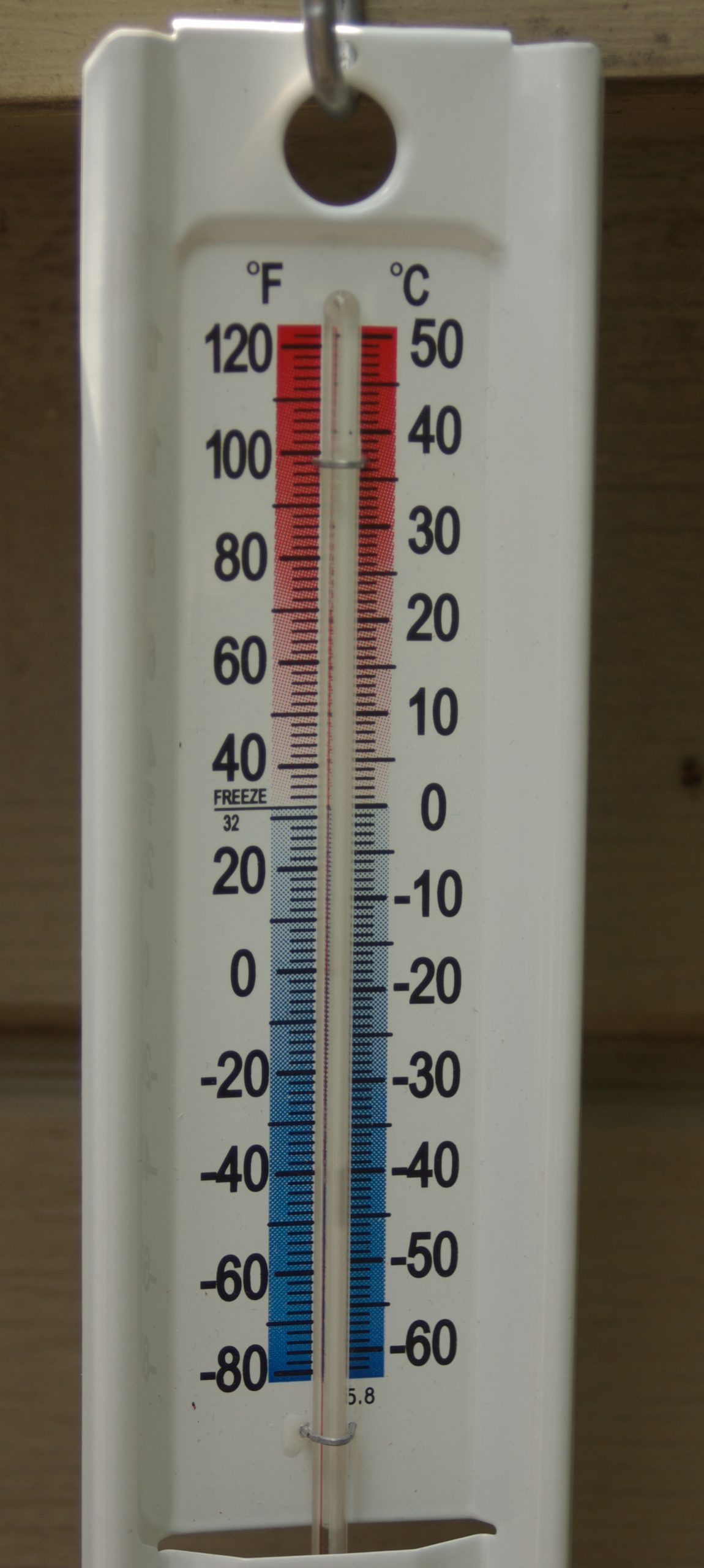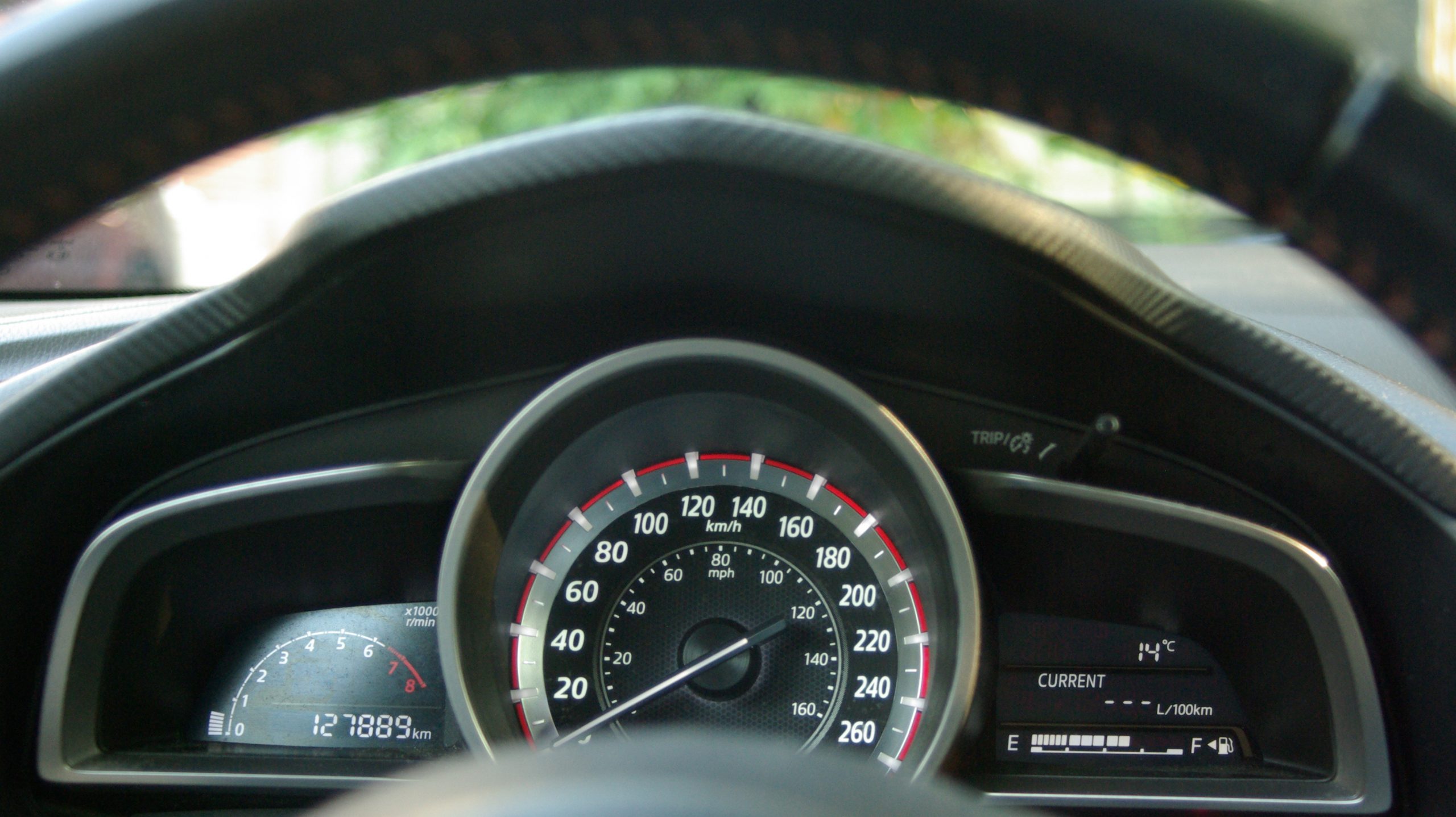Chapter 7
Measurement
Warm up Questions
- Does your home country use the metric or imperial system?
- Why do you think Canadians switch between the metric and imperial system?
- Can you convert easily between the metric and imperial systems?
Reading
Listen to the reading shown below.
- Up until the 1970’s, Canada used the imperial system of measurement, but that changed. In the mid 1970’s, Canada adopted the metric system. During this decade, there was a period of adjustment and change. These changes included everything from road signs to product packaging. People also had to learn the new, easier system. Although Canada officially adopted the metric standards for measurement, in many situations, the imperial system is still used by Canadians.
- Generally, Canadians will transition between imperial and metric measurements. This can be illustrated by body measurements. When Canadians discuss height, they will most likely tell you a measurement in feet and inches. Because of this unique reliance on the imperial system, the driver’s licencing office provides a chart to help unprepared citizens convert their height into a metric measurement. Similarly, body weight is also commonly counted in pounds rather than kilograms. When a new baby is born, the hospital will measure the baby in kilograms and centimeters, but the family will announce the baby’s arrival to family and friends in pounds and inches.
- In Canada, most kitchen goods stores will sell measuring devices that have both imperial and metric markings on them. Many home cooks will fluctuate between metric and imperial for volume. In fact, the Dairy Board of Canada publishes recipes with both imperial and metric measures in the ingredient list in the recipe or instructions. Canadian cooks may feel more comfortable switching between measurement systems in this domain as the goods in the supermarket are sold under the metric system. In some cases, that system may seem illogical. In the example of butter, it is sold in a package weighing 453.59 grams. This metric measure seems to be an odd number, but it is the conversion of one pound.
- The construction industry is another domain caught between two systems. Carpet is priced in square feet, a piece of plywood measures 4 feet by 8 feet, and wood is sold as 2 by 4 or 4 by 4, the length of which is measured in linear feet. When making exact measurements in inches, the smallest calculations become fractions. Inches can be divided into halves, quarters, eighths, and sixteenths etc. The imperial system is challenging to use this way, but the metric system based on units of 10 and decimals seems much more straightforward.
- Driving a car in Canada is one area where the adaptation of metric seems to be more widespread. Both speed and distance are commonly measured by the metric system. Perhaps the inclination to use metric in this example comes from
 the fact that the road signs are metric, and the gages in the car report in metric. The information around the driver has taught metric. The challenge would be for the driver who crosses the Canada / U. S. border by car, and finds the need to convert the speed and distance to imperial measurements.
the fact that the road signs are metric, and the gages in the car report in metric. The information around the driver has taught metric. The challenge would be for the driver who crosses the Canada / U. S. border by car, and finds the need to convert the speed and distance to imperial measurements. - Temperature is the last area where Canadians make unique use of two systems. If we think back to cooking in the oven, temperature is generally communicated in Fahrenheit rather than centigrade. Likewise, outside temperatures are reported to Canadians from the meteorologist in centigrade – but they get excited when summer days near 100 degrees Fahrenheit. To exaggerate the heat, they quickly converted the measurement. Finally, contemporary thermostats that regulate heat within homes can be programmed to read in either Fahrenheit or centigrade.
- The Canadian government will not abandon the metric system that was adopted in the 1970’s, but re-educating the population to use the new system has not been easy. It took a decade to change the systems people encounter daily from food shopping to driving. There are global influences on Canada’s process of adopting the new system. Canada had strong ties to Great Britain, and their conversion to the metric system happened five years before Canada’s. Likewise, Canada’s biggest trading partner is the United States of America, and they continue to use the imperial system. The flow of goods across the border, common language, and similar culture demand a consistent measurement system between the two countries.
- Making a major change in a country like this does not happen overnight. There are many Canadians who learned the imperial system, and then had to switch to the metric system. It may be very different for Citizens who were born after the change was made. The framework of the metric system will be the only system they are taught in school. Until then, Canadians will prefer to use both systems of measurement.

Comprehension Questions
Answer the following questions in complete sentences.
- What does the article say happened in Canada in the mid 1970’s ?
- What measurement system do Canadians use when they announce a new baby’s birth to family and friends?
- In Canada, why is butter sold in the unusual amount of 453.59 grams?
- According to the writer, are inches or centimeters easier to calculate? Why?
- Why does the writer suggest that Canadians use the metric system when driving a car?
- Why does the writer think that Canada is still using the imperial system?
- Have you had any challenges with either of these measuring systems in Canada?
Vocabulary Words
Listen to the pronunciation of the words listed below.
adopt
cross
decade
domain
encounter
fluctuate
illogical
illustrated
inclination
likewise
major
partner
period
regulate
reliance
straightforward
transition
unique
volume
widespread


